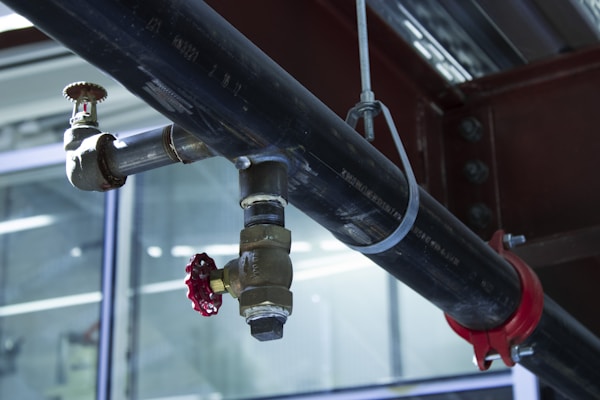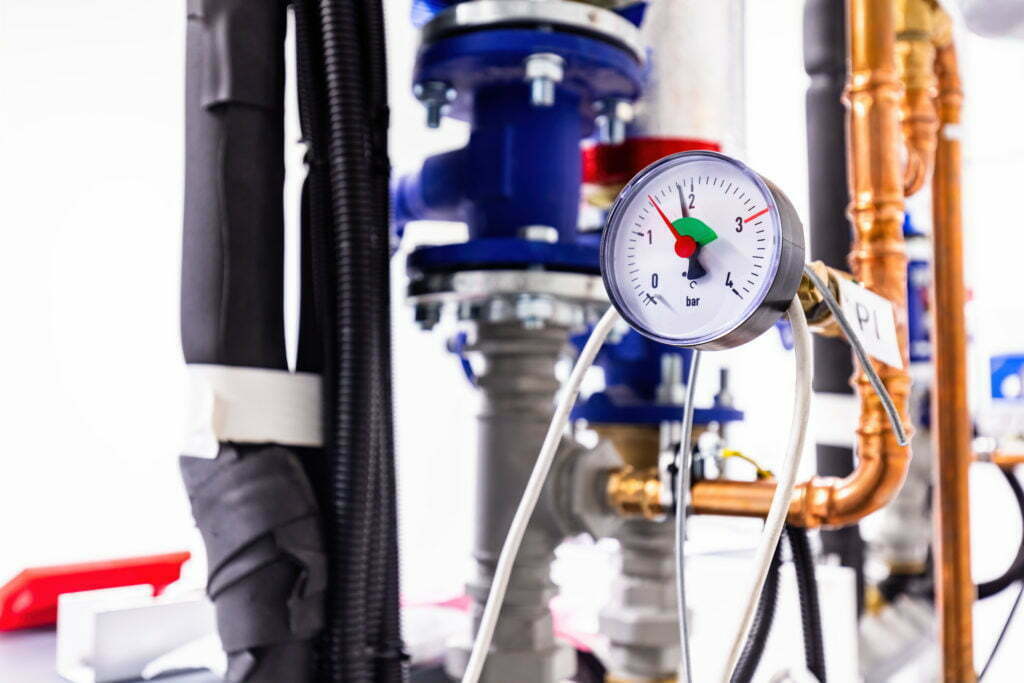If your heat pump is having trouble reversing, it may be time to replace the reversing valve. This process is not as complicated as it may seem, and you can do it yourself with a few tools and a little know-how. Keep reading to learn how to replace the reversing valve on heat pump systems.
What is the purpose of a reverse valve?

A reversing valve is a critical component of a heat pump system. It allows the system to switch between heating and cooling modes. When the system is in heating mode, the reversing valve directs refrigerant flow to the outdoor coil, which is heated and then returned to the indoor coil. When the system is in cooling mode, the reversing valve directs refrigerant flow to the indoor coil, where it’s cooled and then returned to the outdoor coil. If your reversing valve is not working correctly, your heat pump will not be able to provide the desired level of heating or cooling.
How do you replace the reverse valve on the heat pump?
Reversing valves are an essential part of heat pump systems. If your reversing valve is not working properly, you will need to replace it. The process of replacing a reversing valve is relatively simple and can be done by most homeowners.
The first step is to shut down the heat pump system. This can be done by turning off the power to the unit at the breaker box. Next, you will need to disconnect the refrigerant lines from the reversing valve. There are usually two lines: one for hot gas and one for cold liquid. Make sure you know which line goes where to prevent damage to the system.
Once the lines are disconnected, you can remove the old reversing valve. There may be some residual pressure in the lines, so use caution when doing this. Simply unscrew the valve from its mounting bracket and pull it free from the piping.
Next, install the new reversing valve by following these same steps in reverse order. Be sure to connect the refrigerant lines correctly; if they are connected incorrectly, you could damage both the line and the valve. Once everything is connected correctly, turn the power to your heat pump system and test it out.
Why would you want to replace the reversing valve?

When the reversing valve fails, the system will be unable to change modes and will not be able to heat or cool the home. In many cases, the reversing valve can be replaced without replacing the entire pump system.
You may want to replace the reversing valve on your heat pump for several reasons. One reason may be that the valve is no longer functioning correctly. When the valve fails, it can prevent the system from changing modes, leading to an increase in energy costs and an inability to heat or cool the home.
Another reason to replace the reversing valve is if the valve is leaking. A leaking valve can cause water damage to the home and lead to increased energy costs.
If you are experiencing problems with your reversing valve, it’s important to have it replaced as soon as possible. A malfunctioning or leaking valve can cause damage and lead to increased energy costs. By replacing the valve, you can help ensure that your heat pump system is running correctly and that your home is staying comfortable.
A reversing valve helps to ensure that your heat pump is running efficiently and effectively. If you have any questions or concerns about replacing a reversing valve on your heat pump, consult a professional.





